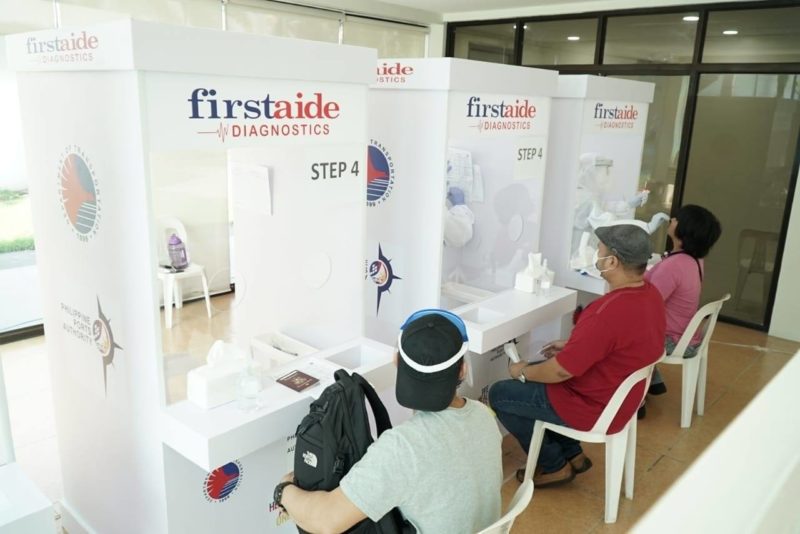
The Philippine Ports Authority (PPA) on October 5 formally commissioned a molecular testing laboratory located at its GAD Center building in Port Area, Manila dedicated to testing seafarers for the COVID-19 disease.
The facility will cater to testing requirements of crew change hub ports controlled by PPA, particularly the Manila South Harbor, Capinpin port in Bataan, and soon in Batangas port, with the aim of facilitating movement of seafarers to and from the Philippines.
READ: COVID-19 test lab for seafarers begins operations
“We want to assure the jurisdictions where our seafarers are to be deployed. We don’t want to send anyone not properly tested and processed because it will be detrimental not just for the seafarers but also for the Philippine industry and government,” PPA general manager Atty. Jay Daniel Santiago said in mix of English and Filipino.
Earlier, the PPA chief said the laboratory is also designated as “the primary seafarer processing center for all inbound and outbound seafarers in the Port of Manila.”
The facility has been given the green light by the Department of Health to start operations. It is capable of reverse transcription polymerase chain reaction (RT PCR) testing, with a capacity of approximately 2,000 people daily and a turnaround time of 24 to 48 hours for test results.
The center also acts as a one-stop shop housing satellite offices of the Maritime Industry Authority, Bureau of Immigration, Bureau of Quarantine, Bureau of Customs, and Philippine Coast Guard to enable it to accommodate the inbound and outbound travel requirements of seafarers.
PPA noted that since the start of the COVID-19 pandemic, crew change woes have hounded the international shipping industry after most countries closed their borders in a bid to reduce the spread of infection by transiting seafarers.
In response, Philippine ports are being activated as crew change hubs to facilitate the speedy and safe travel of seafarers and change of crew during the pandemic, while also establishing the country as a crew change capital of the world.
The Philippines is one of 13 countries which earlier committed to the International Maritime Organization to facilitate crew changes and achieve key worker designation for seafarers.
The Philippines, one of the major suppliers of seafarers in the international market with over 400,000 Filipino seafarers on board international-going vessels like container ships, general cargo ships and cruise ships, is expected to benefit greatly from the new facility.





